No tummy.
Always tight.
Even on large softboxes, SNAPGRIDS® stay evenly stretched with no sagging. The result? Clean geometry and consistent beam control from edge to edge.
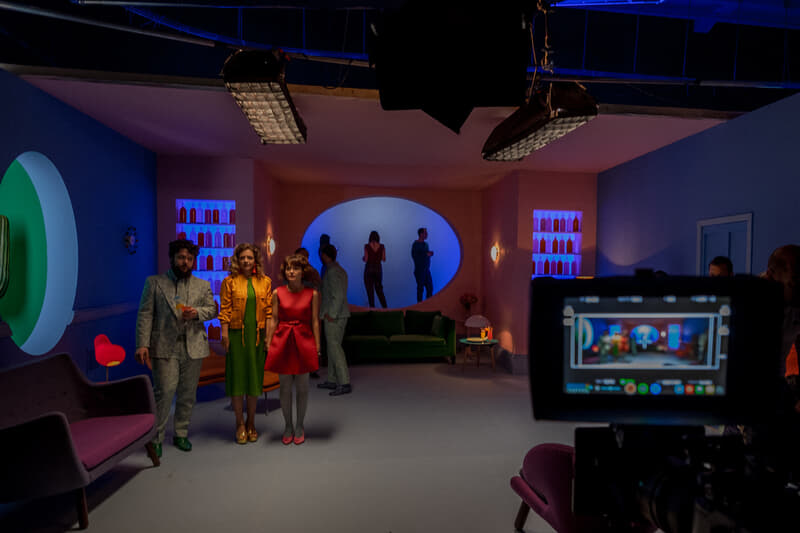
SNAPGRID®
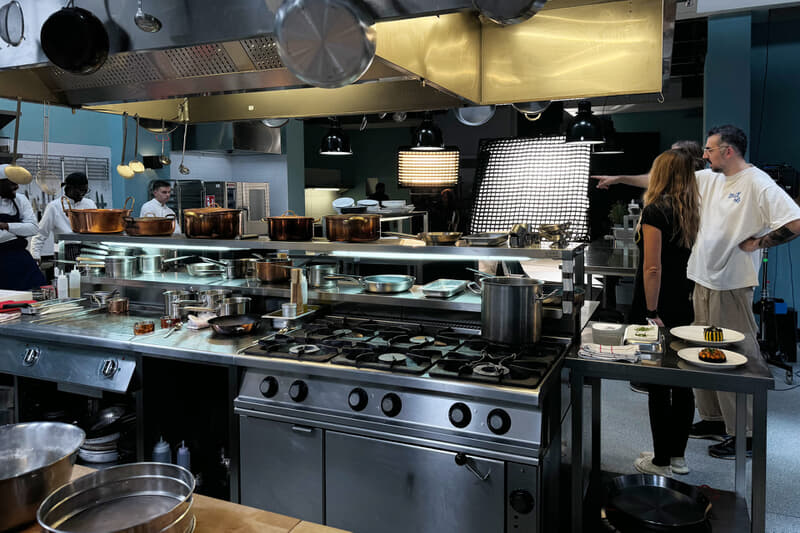
FOR SOFTBOXES
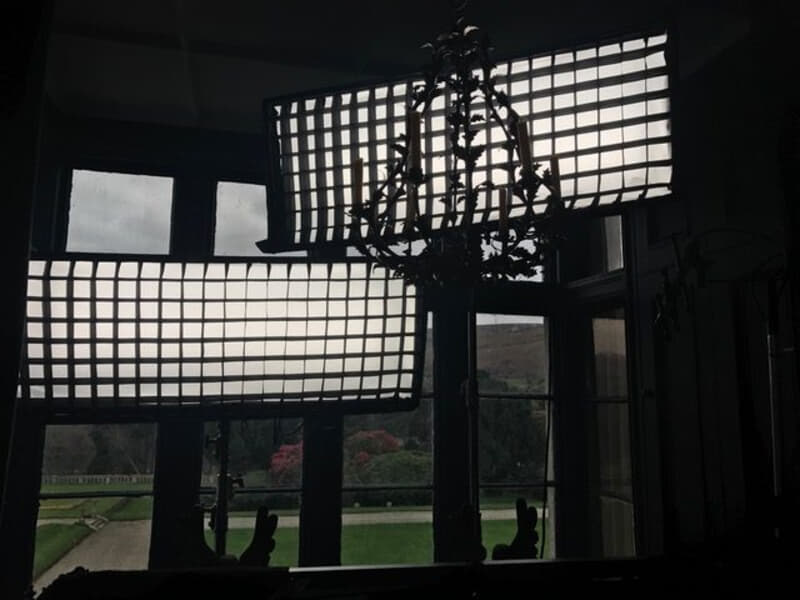
RECTANGULAR
IN SHAPE. SOFTNESS ON POINT.
Directional control for rectangular softboxes.
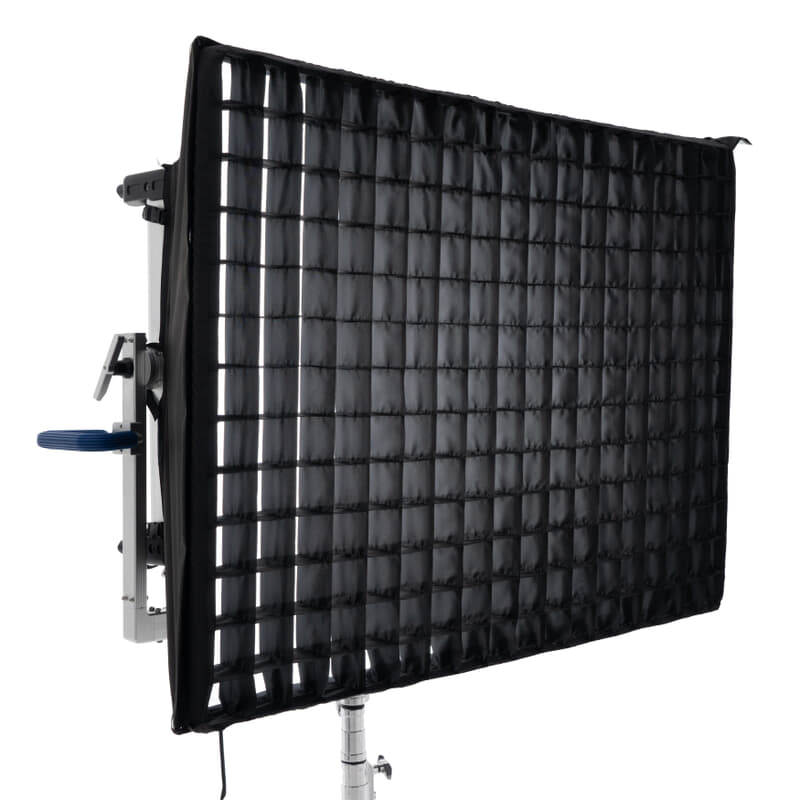
From the smallest to the biggest rectangular SNAPBAGS®, DoPchoice SNAPGRIDS® help you shape soft light with control and confidence. They attach directly to the front screen and hold their form without sagging—no matter the size. Quick to mount, durable, and always precise.

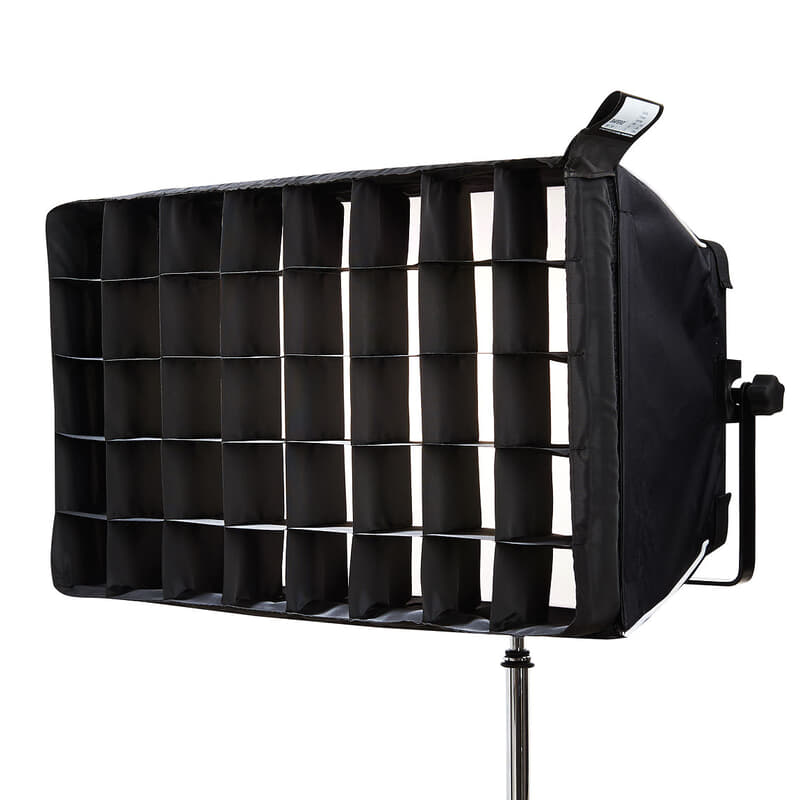
Even on large softboxes, SNAPGRIDS® stay evenly stretched with no sagging. The result? Clean geometry and consistent beam control from edge to edge.
SNAPGRIDS® mount directly to the softbox face with Velcro—no tools, no frustration. Switch, adjust, or pack down in seconds.
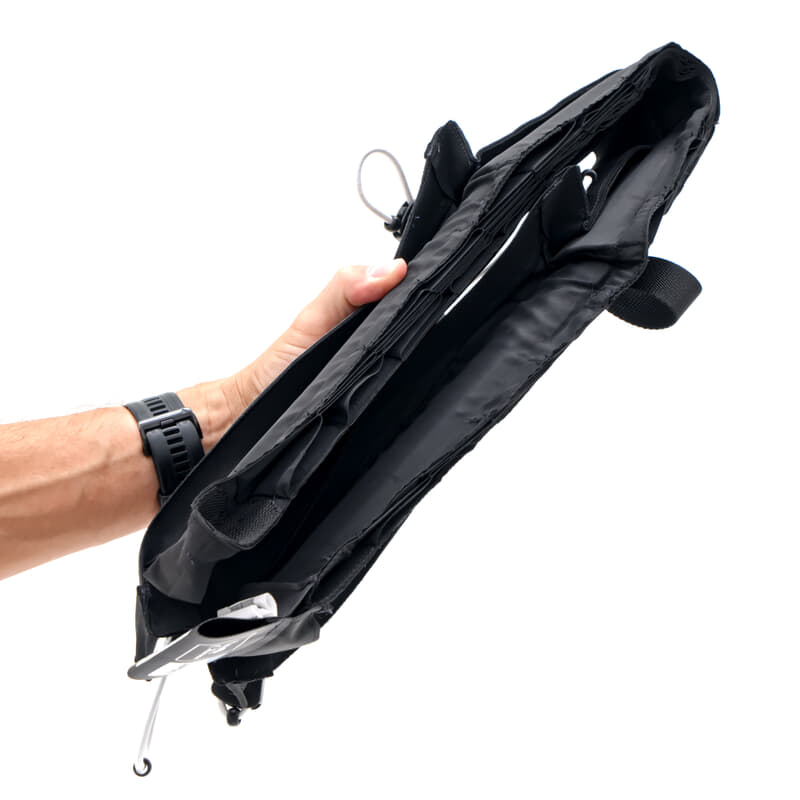
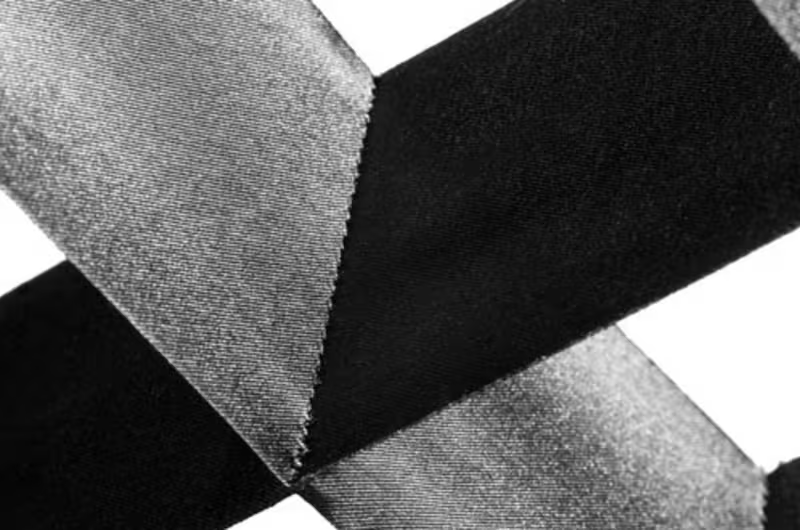
Made from tough, lightweight materials, SNAPGRIDS® are built to last. Reinforced stitching and high-quality fabric ensure they stay sharp even under demanding conditions.
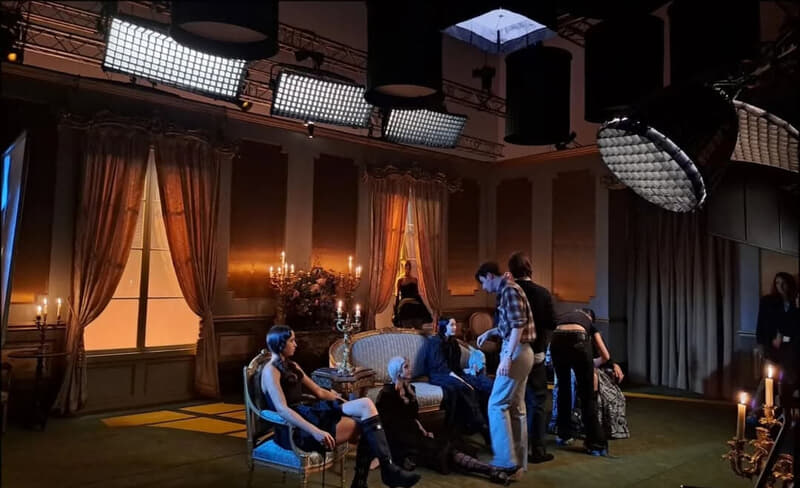
Choose from 20°, 30°, 40°, 50° and our 30°/50° combo angles.
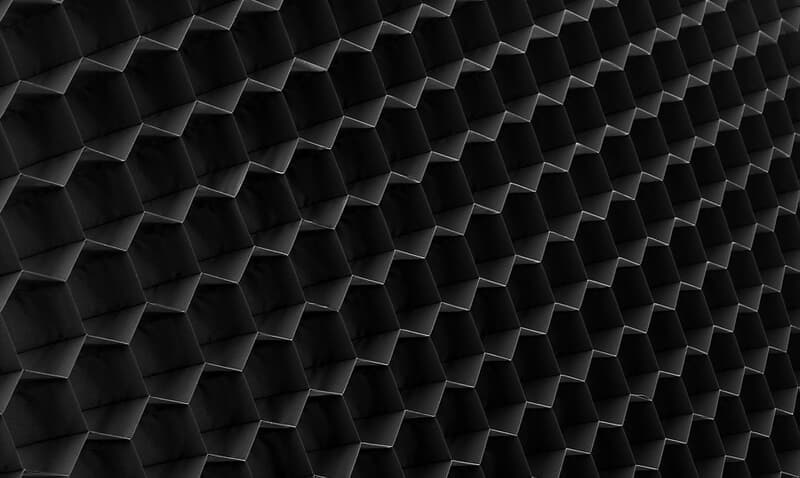
The key difference lies in how the shape and attached grid control the light. Square softboxes with a grid give you tight, symmetrical beam control—ideal for headshots or centered compositions where spill needs to be minimized evenly in all directions.
Rectangular softboxes with a grid allow for more directional shaping: they limit spill on the top and bottom more than the sides (or vice versa, depending on orientation). That makes them a great choice for lighting wide subjects, horizontal compositions, or full-body shots where controlled spread and feathering matter.
Both still produce soft light, but with a grid, the shape plays a bigger role in how you sculpt it.
SNAPGRIDS® attach to both rectangular and octa softboxes to help control and shape your light by reducing spill and directing the beam more precisely.
Octa Softboxes with SNAPGRIDS®: The octa’s round shape combined with a SNAPGRID® produces a soft, even light with a natural, circular catchlight—great for wraparound illumination. The SNAPGRID® helps maintain the softness while adding directional control, so you get that flattering, broad spread without unwanted spill.
Rectangular Softboxes with SNAPGRIDS®: Rectangular softboxes naturally deliver a more focused, directional light. Adding a SNAPGRID® further tightens the beam, sharpening shadow definition and preventing light from spilling onto the background or other areas. This setup is perfect when you want strong sculpting and precise control.
Which to use? Use a SNAPGRID® on an octa when you want soft, natural-looking light with gentle falloff but still need to control spill. Choose a SNAPGRID® on a rectangular softbox when you require more focused shaping and tighter beam control.
The degree of a grid—like 30°, 40°, 50°—refers to the beam angle of the light that’s allowed to pass through the grid.
The Degree = Beam Spread
If you’re choosing one for your butterfly setup, think: how much spill can you afford?
Built from tough, precision-stitched fabric, these grids are made to endure the demands of professional sets—maintaining their shape, tension, and performance over time.
The degree is determined by the size of the cells in the grid, the depth remains constant on all our DoPchoice Grids.

BOX CELL Structure:
Pros:
Cons:
HONEYCOMB Structure:
Pros:
Cons:

SQUARE CELL Pattern:
Pros:
Cons:
RECTANGULAR CELL Pattern:
Pros:
Cons:
Disadvantages Interlocking system:
Advantages of the fully sewn cells in every DoPchoice Grid:
4 Items Found
Filters